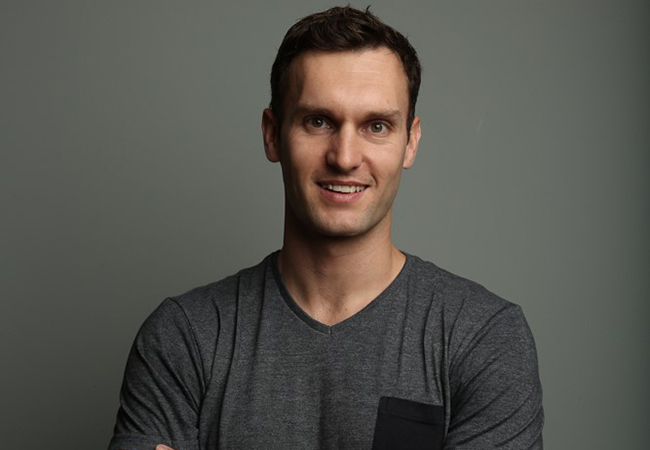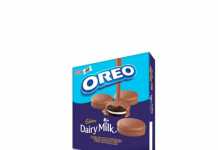[opinion]
Micro and nano influencers are at the heart of the shift from intent-based online research and shopping, to discovering new brands.
Marketing has always been consumer-led. Since the birth of marketing in the early 20th century, brands have spent enormous resources trying to understand what people cared about and then crafting messages that spoke directly to them. A lot of it was hit and miss. John Wanamaker, who is credited with being the father of marketing, famously said over 100 years ago, “Half the money I spend on advertising is wasted; the trouble is I don’t know which half.”
With the advent of search engines and social media this became easier because brands could pinpoint search terms and who clicks on which content. Today’s challenge is that the way consumers use the Internet and social media channels is shifting, which means marketing strategies need to adapt again.
The move to brand discovery
The first big shift is that although search engines (34%) and ads seen on TV (33%) remain the most common modes of brand discovery, according to Social, GWI’s annual flagship report on global social media trends, ads on social platforms are catching up. 27% of Internet users who responded to GWI’s survey stated that they use social media channels to find products to purchase. This is considerably higher in Kenya (73%) and Nigeria (72%).
The message is clear: Social media has become a space where advertising content is expected, and possibly even desired, provided it is authentic and aligns with users’ values.
What’s possibly even more critical than this change in where consumers are comfortable seeing advertising, however, is how brand discovery is changing.
Previously, consumers would use tools like Google to research products. Someone looking for a smartphone, TV or even wearable tech would Google it, possibly after seeing a display ad. Research is intent-driven. This is the foundation of why Google AdWords and Search Engine Optimisation have been so fundamental to online marketing strategies. Consumers were looking for a specific brand, product or solution and their search criteria would lead them to a company’s display advert, piece of content or website.
But the move from intent-driven research to discovery is something different, and it’s the reason why platforms like Instagram, Etsy and Pinterest are growing bigger each day.
Scrolling through beautiful images with little to no text input on your mobile phone is key to discovery, and it’s the reason why many consumers are finding exciting new brands to connect with. They want to be exposed to new brands and products through their social media platforms. And more often than not, they’re doing so through the people whom they follow and engage with.
Influencers and eCommerce
Traditional influencer marketing is associated with the glitz and glamour of celebrity lifestyles, but increasingly, the real power of influencer marketing lies in authenticity. Consumers today aren’t interested in unattainable lifestyles, holidays or even products. They want to follow real people who share their values and interests and who create meaningful and entertaining content that speaks directly to them. The result is that authentic content that resonates with individuals is taking center stage, and more and more, it’s influencing the way people shop online. After all, what can be more authentic than a micro or nano influencer offering unfiltered insights into their purchasing decisions and preferences?
Seth Godin says: “People do not buy goods and services. They buy relations, stories and magic.” The challenge is that it’s very difficult for a brand to tell a story – brands need people to do that for them.
Let’s put what this looks like online into context. Gen Zs are almost as likely to follow influencers as brands, followed closely by millennials. More importantly, the influencers they are predominantly following are not celebrities – they’re role models. They are people who have a wide variety of interests, from wildlife photography and triathlons to personal health and wellness. They share their DIY interests and where they are volunteering. They are individuals who like learning new skills, challenging themselves, and contributing to their communities, and the experiences, tips and insights that they share with their followers aren’t just influencing how the next generation thinks, but shaping how they choose and consume brands.
There’s enormous value in being real. A model eating a fast-food burger is the opposite of authentic – few followers, if any, would believe that fast food takeaways are her go-to lunch choice. On the other hand, a mother sharing her experiences with a new baby food brand is extremely authentic. At its core, marketing is driven by trust, not the number of followers a person has on Instagram or Facebook, which is why content matters.
A study by Twitter highlights just how much of an impact influencers have on consumer behaviour: 49% of people said they rely on influencer recommendations when it comes to making purchase decisions, and 40% admitted that they’ve bought an item from an online store after seeing an influencer using it on Twitter, Instagram, or YouTube.
From influencer to eCommerce curator
Instagram’s shopping feature is a great example of how social media platforms are responding to how their users consume digital media. The feature enables businesses to add product tags in their posts, allowing buyers to click on pictures displayed in posts and instantly see prices, fabric types, sizes, and any other information they need at a single click. Customers can even order products directly on Instagram.
Influencers use hashtags to drive traffic, they share personal and authentic experiences to win the trust of their followers, and they often make use of promotion codes to boost sales.
We believe that the next evolution will be influencers who create curated collections on their own platforms that can be purchased then and there, effectively closing the loop in how brands are discovered, researched and finally purchased through influencer accounts.





















































































